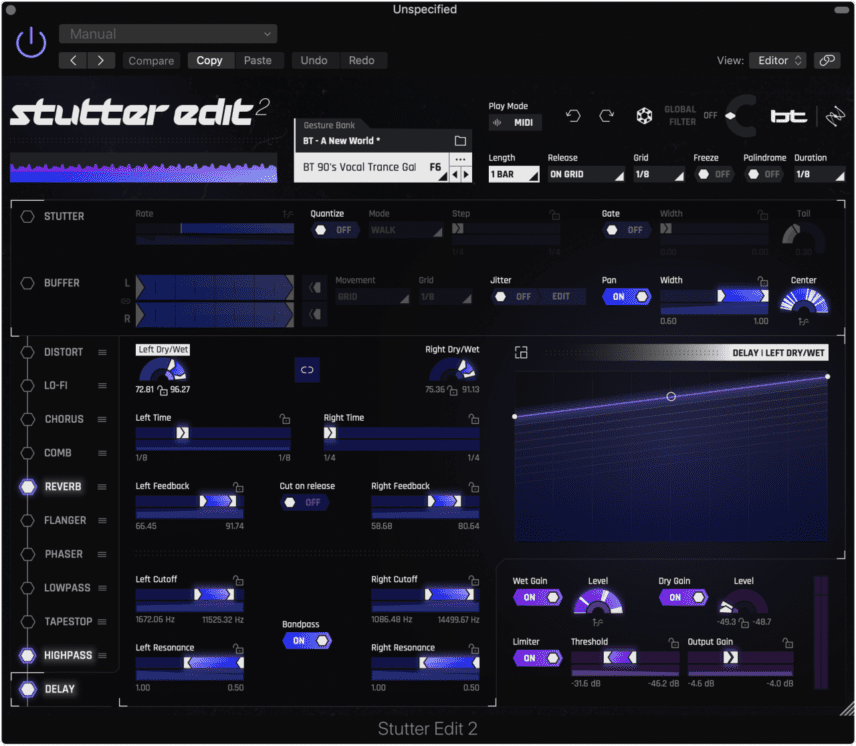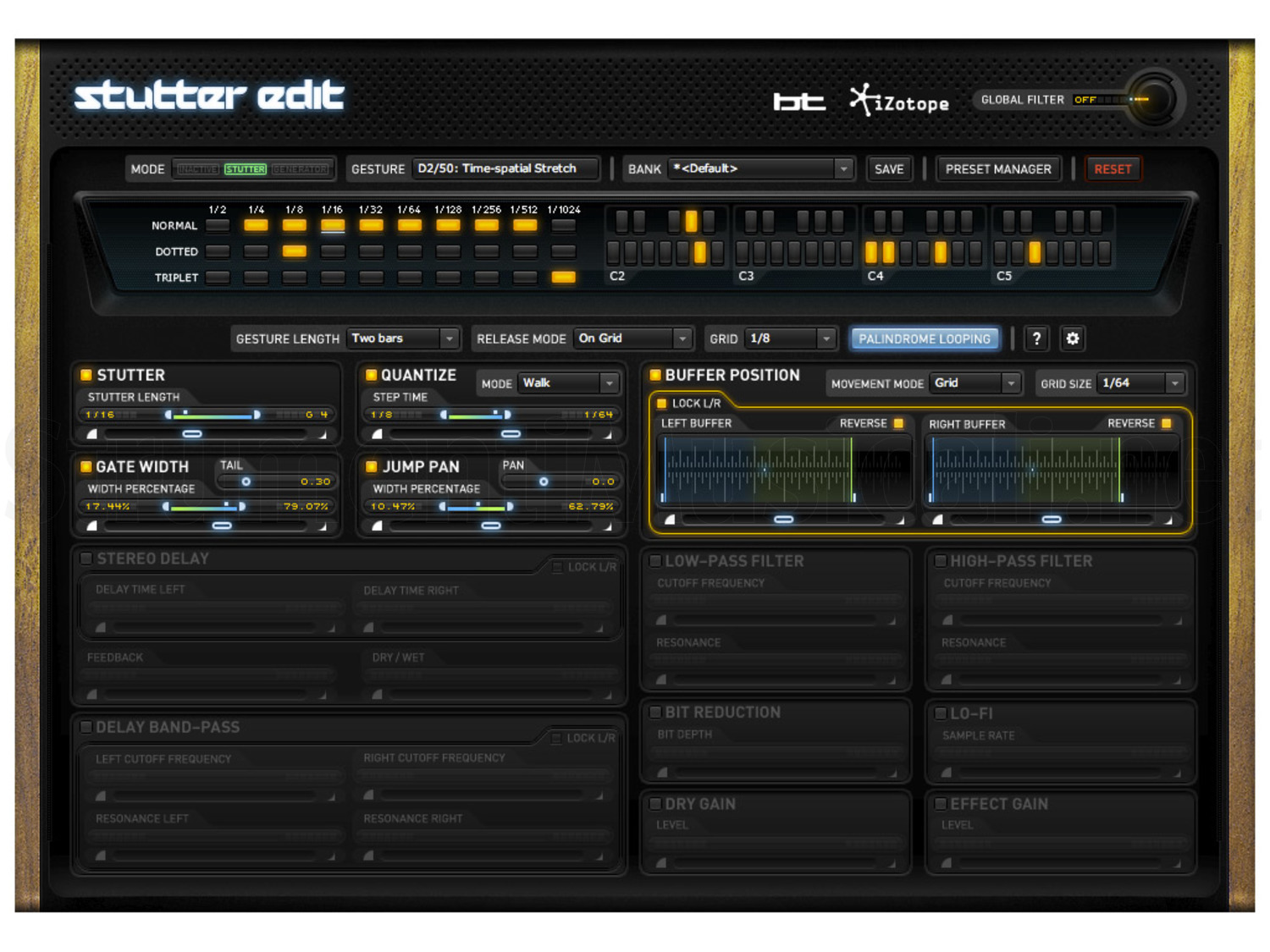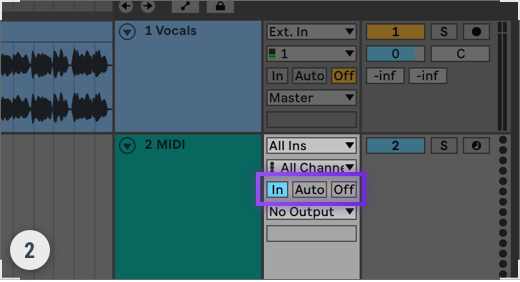

- #STUTTER EDIT SONAR DRIVERS#
- #STUTTER EDIT SONAR DRIVER#
- #STUTTER EDIT SONAR SOFTWARE#
- #STUTTER EDIT SONAR WINDOWS#

In your Cakewalk software, go to Edit > Preferences > Audio - Sync and Caching ( Options > Audio > Advanced in legacy products).Try increasing your Cakewalk software's hard disk buffer settings by doing the following: Typically when this is the case, projects containing more tracks and more demanding virtual instruments that load large sample libraries will exhibit more clicks and pops then simpler projects with lower track counts. If you are experiencing dropouts in the sense that events that aren't sounding and/or you are hearing pops and clicks at random points in playback, then this behavior may be related to your hard disk buffer size settings. Hard Disk Buffer Size Settings Need to be increased:
#STUTTER EDIT SONAR SOFTWARE#
Re-launch your Cakewalk software and then test performance again. Click Apply and then OK (if available) to apply any changed settings. 
#STUTTER EDIT SONAR WINDOWS#
If the ASIO Panel button does not launch your device's control panel, try accessing it from the Windows Control Panel or from the Windows Task Bar.Try increasing your buffer settings from the ASIO Panel.This can be applied by going to Edit > Preferences > Audio - Playback and Recording ( Options > Audio > Advanced in legacy products) and setting the "Driver Mode" to ASIO.
#STUTTER EDIT SONAR DRIVERS#
NOTE : for the majority of dedicated audio interfaces you will want to use ASIO drivers for the best stability. This will launch your sound card's proprietary control panel. If you are using ASIO drivers, click on the ASIO Panel button.If you are using WDM/KS or MME(32-bit) drivers, try bringing the Buffer Size slider to the right towards "Safe".

#STUTTER EDIT SONAR DRIVER#
Go to Edit > Preferences > Audio - Driver Settings ( Options > Audio > General in legacy products). If you are experiencing dropouts in the sense that the audio engine is completely stopping and your Cakewalk software is reporting "DROPOUT" in its Control Bar or Status Bar, then you should try increasing your sound card's latency settings by doing the following: We also recommend updating your sound card or audio interface's drivers to the most recent version available from the manufacturer's website.Īudio Driver Latency/Buffer Size Needs to be increased: We have recommend settings for many devices in our Audio Hardware Setup Guide. There are many very in-depth procedures for tracking down what might be causing performance related dropouts and audible artifacts, however the most common causes of these behaviors are listed below.īefore proceeding, make sure your Cakewalk software is correctly configured for use with your sound card or audio interface. Sometimes the term "dropout" is mistakenly used to describe events not sounding audibly despite the transport passing over them, or it is used to describe an audible stutter, click or pop during playback. Technically a dropout is when samples are dropped during playback and/or recording resulting in the transport stopping. The term "Dropout" is sometimes used interchangeably to describe a few different behaviors. The reason you would normally want to create groove clips, is so you can change the key and the tempo of some audio to suit your composition.Audio Dropouts, Clicks and Pops When Playing and Recording Last updated on Normally, to increase the pitch of an audio file, you would speed it up - however this also affects the timing, as you're now playing it faster. Decreasing the pitch of the audio means playing it back slower, but this also affects the timing, as it's now playing back at a slower tempo.įor example, to make the pitch an octave higher, you play the audio back at twice the speed. However, now the audio is now also twice the tempo. What groove clips do is store where the various beats (or quarter notes, eighth notes or 16th notes) lie within your audio clip, and store this information inside the audio file. In effect, you're "slicing" the audio up into the beats (or fractions of beats) that it contains. This means that if you're increasing the pitch of an audio clip, although it still speeds the audio up, it speeds up the individual "slices" in such a way so that each individual slice always ends up on the same beat it did in the original file. So for the example of playing something an octave higher, a groove clip will play back each individual slice twice as fast, but stretches the the audio in such a way that it fills up the whole slice. It also uses a formant preserving algorithm so that only parts of the sound are sped up, and the formants are left at the original pitch (to stop it sounding like the chipmonks when sped up). This has the effect of making it sound an octave higher, but it plays back at the original tempo. This only works of course if the slices are in the right place.








 0 kommentar(er)
0 kommentar(er)
